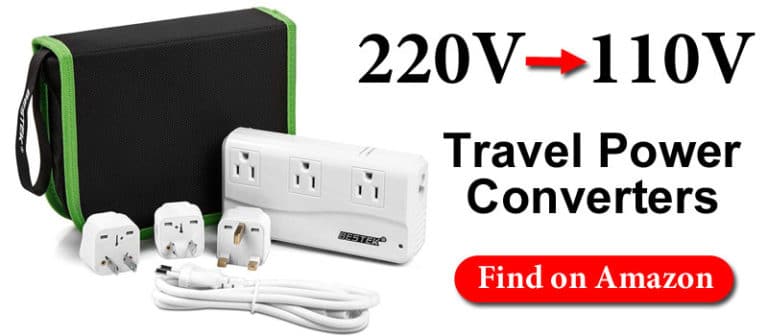

In other words, Milliamp Hours/1000 x Nominal Voltage = Watt Hours This is a better standard as watt hours provides a consistent way to compare different types of batteries, rather than the same type of battery.Ĭalculating the watt hours of your power bank is particularly easy and can be done with your phone’s calculator or even in your head. Whereas, watt hours refers to the fact that the battery can supply a certain amount of watts per hour. lithium ion, alkaline cells, or NiHN cells. While power banks are marketed by their milliampere hours (mAh), this standard is only useful when comparing products that use the same type of battery e.g. Thankfully with prior approval from an airline, power banks rated 100.1-160 watt hours can be taken onboard. While that limit allows most power banks to be brought on flights, there are still consumer power banks that exceed that limit. The restrictions as per the Federal Aviation Administration are for lithium-ion batteries rated above “100 watt hours (Wh) per battery”. If, however, a fire starts in the cargo hold, not only is it harder to put out, but another flammable substance that’s been checked in could react with the fire causing serious damage to the plane and even losses of life. If a battery causes a fire in the cabin, the crew can put it out with minimal damage and everyone can get to their destination relatively unharmed. Of course, not all batteries react that way, but as an issue of safety, airlines put blanket restrictions on batteries. Since some “batteries contain both the oxidizer (cathode) and fuel (anode)” there is always that slim chance that the internal battery will react chemically, explode, and cause a fire. On the surface it might seem slightly illogical since, either way, both of them will be on the plane. Why Can They Only Be Brought on with Your Carry-On Baggage and Not Checked in with Your Luggage? Second, power banks over a certain size cannot be brought onto flights at all. First, power banks, which use lithium-ion batteries, need to be stored in carry-on baggage only. However, like all great things there is a catch. That’s great news if you’re in need of a quick recharge when you touch down or if you’d like to be able to do work when 40,000 feet in the air.

In short, yes you can fly with most power banks. If you’re worried about your charger being confiscated or are generally concerned with the safety aspects of being in the air, here’s everything you need to know about flying with a power bank. One of the more complicated issues that travelers encounter when flying is what to do with power banks. This is especially so in an era of strict rules, unruly TSA agents, or being dragged off a flight. Knowing what technology you can and cannot take when flying poses some challenges.
#Cpap travel power converter for china portable
Update: We’ve created the ultimate guide to flying with a power bank, including a list of airlines and their portable charger rules.


 0 kommentar(er)
0 kommentar(er)
